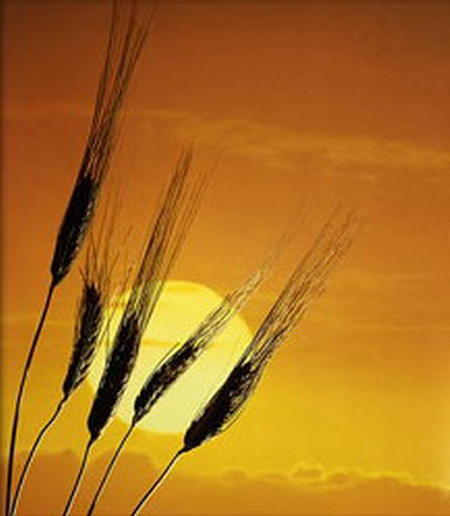return to Home Page
or move on to Goddess Ganga, next chronologically,
or use Her Cyclopedia Index
Greine, {Sun-Gold-Grain}.
GRANE
Alternate meanings: {Grain}, Hateful-Goddess, Repulsiveness, Ugliness.
[to Whom the eighth day of June, day 159, is dedicated]
